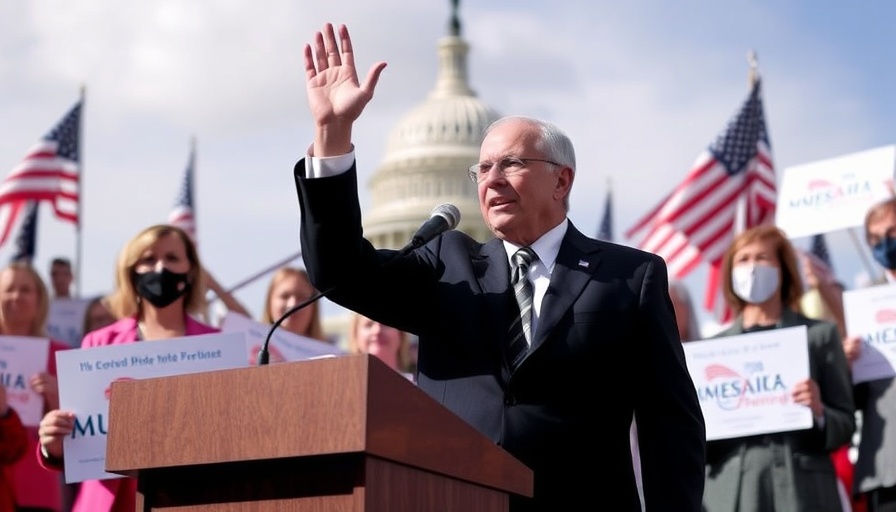
Government Shutdown Threatens Health Care for Millions
The impacts of the ongoing government shutdown extend far beyond the Capitol Dome, leaving millions of Americans in a precarious situation. The uncertainty surrounding health insurance subsidies is particularly harmful to middle-class individuals reliant on state health insurance marketplaces. With the expiration of tax credits looming, advocates are raising the alarm about the potential chaos that could unfold without timely intervention from Congress.
What’s at Stake for Seniors and Caregivers?
Seniors often find themselves depending on the stability of health care coverage, particularly as they navigate the complexities of long-term health care and the rising costs associated with aging. The looming expiration of health care tax credits poses a threat to financial security for many families caring for elderly loved ones. Without the safety net of these subsidies, caregivers in places like Muskegon could see their worries about senior living expenses amplify, as insurance premiums may double or triple.
Alarm Bells Ringing for Insurance Commissioners
Insurance commissioners across the U.S. have made numerous pleas to Congress to consider the gravity of the situation. Glen Mulready, chair of the National Association of Insurance Commissioners' Health Insurance and Managed Care Committee, highlighted that time is of the essence. "It's not like it snuck up on us,” he remarked, emphasizing the need for action before the open enrollment period begins on November 1. The impending deadline adds increased pressure for those who are already stressed about their health care options.
The Importance of Policy Decisions in a Timely Manner
With the future of health care coverage hanging in the balance, regulators are advocating for decisions to be made now rather than later. Devon Trolley, executive director at Pennsylvania's insurance marketplace, pointed out that the cleanest way to handle the situation is to extend the tax credits before enrollment starts. Waiting could lead to significant disruptions for patients and providers alike.
Congress Divided: A Stalemate on Health Policy
The current Congress is mired in a stalemate, with Democrats pushing for an immediate extension of the tax credits while Republicans resist tying health care policy to the reopening of the government. This standoff leaves many Americans anxious, particularly those facing the prospect of losing health coverage in an already closed marketplace.
Real Stories Behind the Numbers: The Human Element
Behind every policy decision lies a story of families grappling with tough choices. Aging family members often rely on caregiver support services, and increased insurance premiums can lead to difficult conversations about care options. As the shutdown prolongs, communities like Muskegon must address the risk of heightened uncertainties when it comes to senior care solutions.
Moving Forward: What Can Be Done?
As Congress debates these crucial issues, understanding the implications for families and caregivers in communities like your own is necessary. Individuals need to be informed about available resources such as cognitive care facilities and financial aid for those supporting loved ones with Alzheimer's. Engaging local elder services offices and community resources can provide needed guidance during this turbulent time.
In these discussions, it's vital to prioritize the voices of those directly affected—the caregivers, families, and elderly individuals who depend on these pivotal programs for their well-being. Now is the time to ensure their stories resonate with lawmakers who can effect change.
 Add Row
Add Row  Add
Add 




Write A Comment